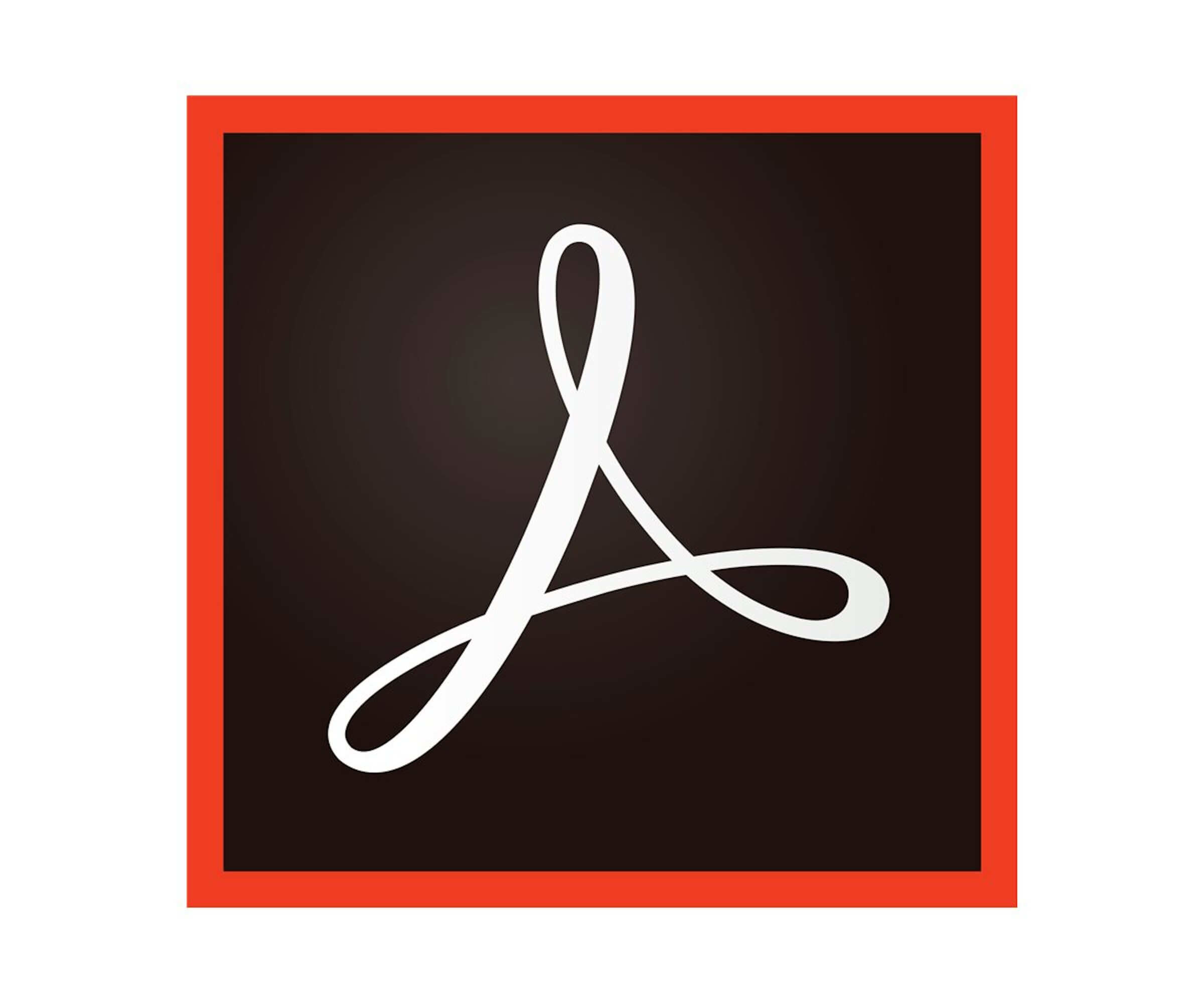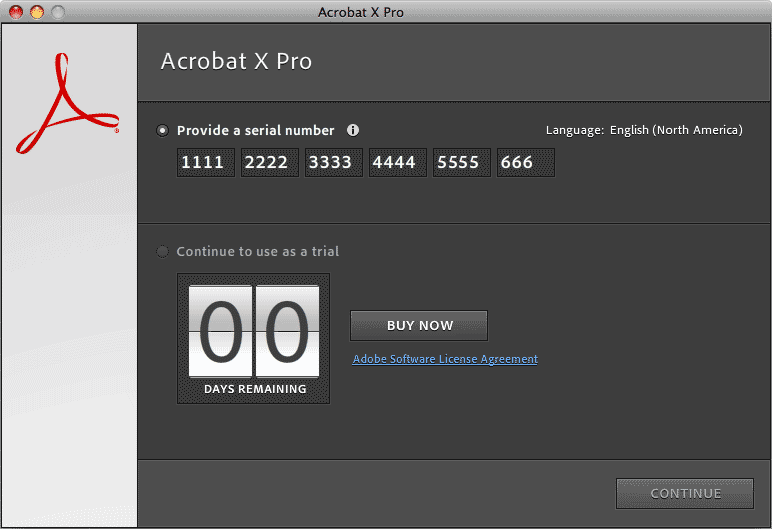

The close central unrounded vowel as heard, for example, in the last syllable of the word roses for some English speakersĬh in "chimpanzee" - if c appears before letters e or i (but not î) in this case, e and i are usually not pronounced in the combinations: cea ( cia in some loanwords), cio, ciu and in word-final ci if not accentedīefore a or o - semivocalic /e/ if not preceded by a consonant becomes /j/ Letters K, Q, W, and Y appear only in foreign borrowings the pronunciation of W and Y and of the combination QU depends on the origin of the word they appear in. When vowels /i/, /u/, /e/, and /o/ are changed into their corresponding semivowels, this is not marked in writing. Some of the letters have several possible readings, even if allophones are not taken into account. The table below gives the correspondence between letters and sounds. Romanian spelling is mostly phonemic without silent letters (but see i). In cases where the word is a direct borrowing having diacritical marks not present in the above alphabet, official spelling tends to favor their use ( München, Angoulême etc., as opposed to the use of Istanbul over İstanbul). These four letters are still perceived as foreign, which explains their usage for stylistic purposes in words such as nomenklatură (normally nomenclatură, meaning "nomenclature", but sometimes spelled with k instead of c if referring to members of the Communist leadership in the Soviet Union and the Eastern Bloc countries, as nomenklatura is used in English). The letter K, although relatively older, is also rarely used and appears only in proper names and international neologisms such as kilogram, broker, karate. They occur only in foreign words and their Romanian derivatives, such as quasar, watt, and yacht. The letters Q ( chiu), W ( dublu v), and Y ( igrec or i grec, meaning "Greek i") were formally introduced in the Romanian alphabet in 1982, although they had been used earlier. It is a modification of the classical Latin alphabet and consists of 31 letters, five of which (Ă, Â, Î, Ș, and Ț) have been modified from their Latin originals for the phonetic requirements of the language:

The Romanian alphabet is a variant of the Latin alphabet used for writing the Romanian language.

For the distinction between, / / and ⟨ ⟩, see IPA § Brackets and transcription delimiters. For an introductory guide on IPA symbols, see Help:IPA. This article contains phonetic transcriptions in the International Phonetic Alphabet (IPA).


 0 kommentar(er)
0 kommentar(er)
